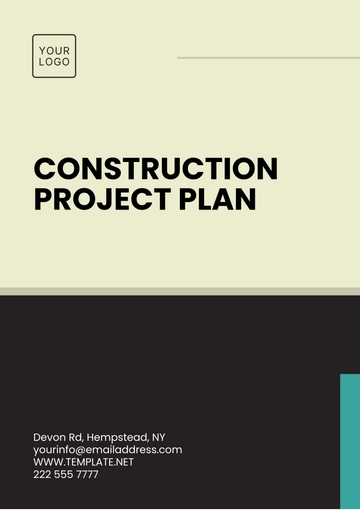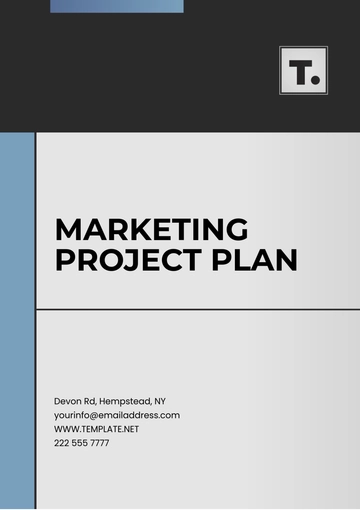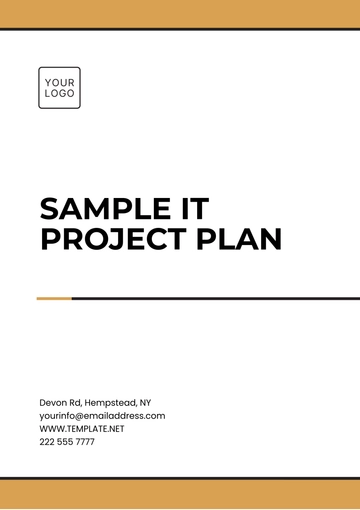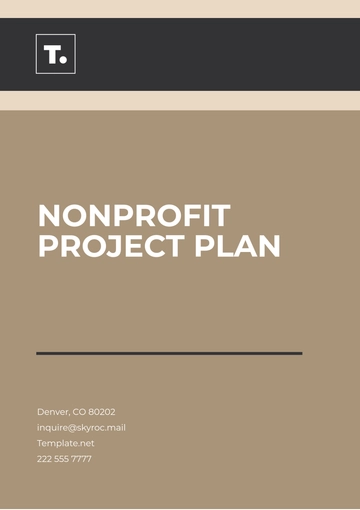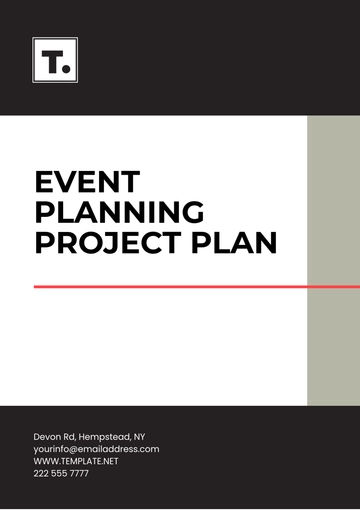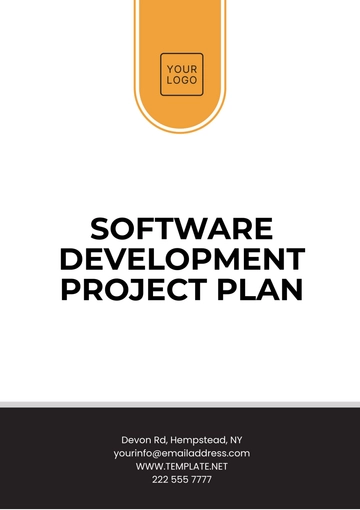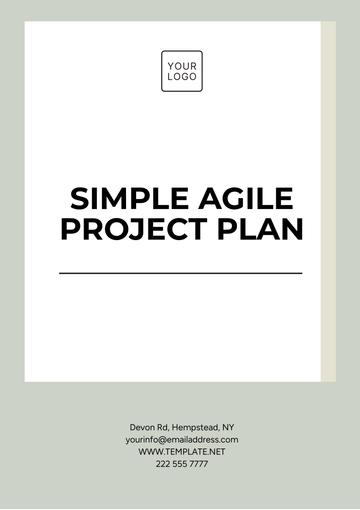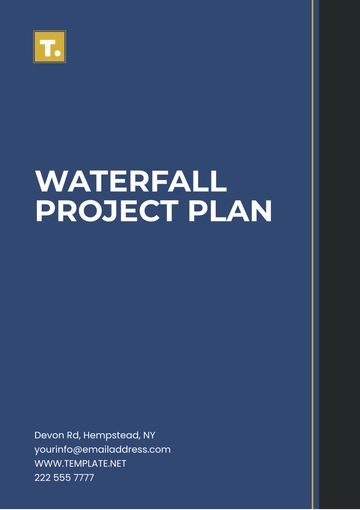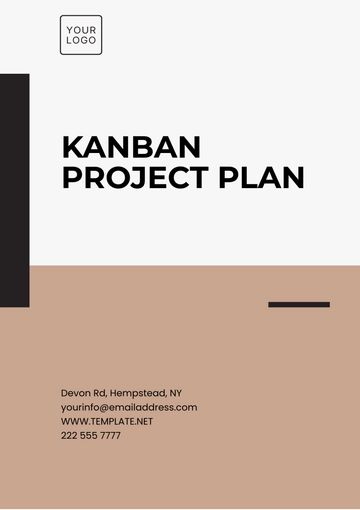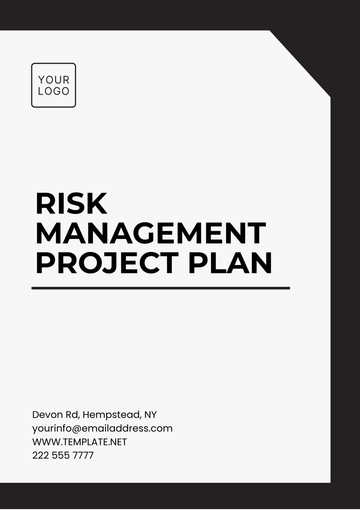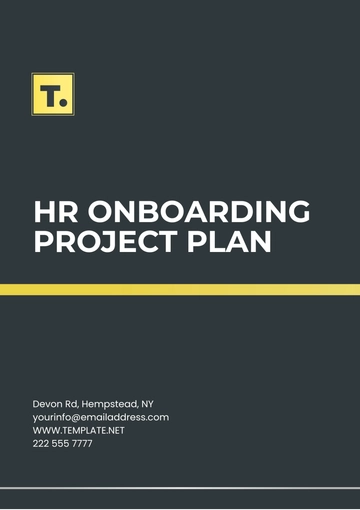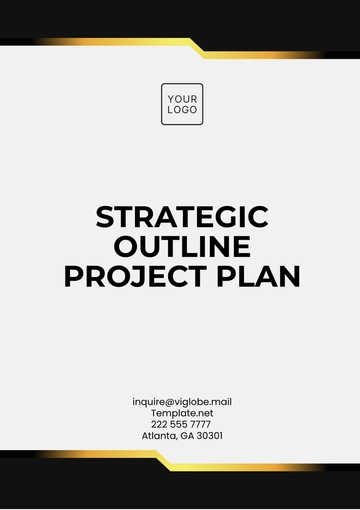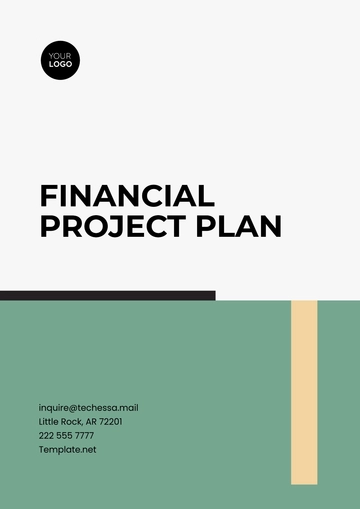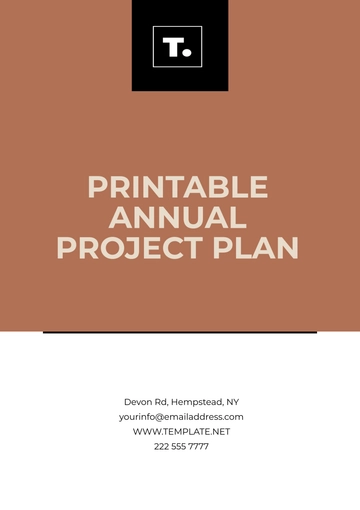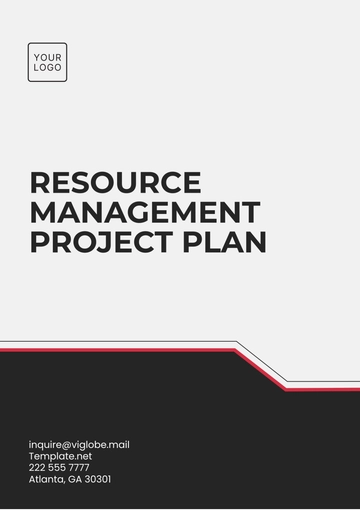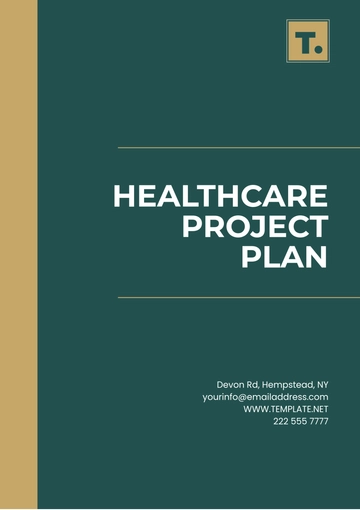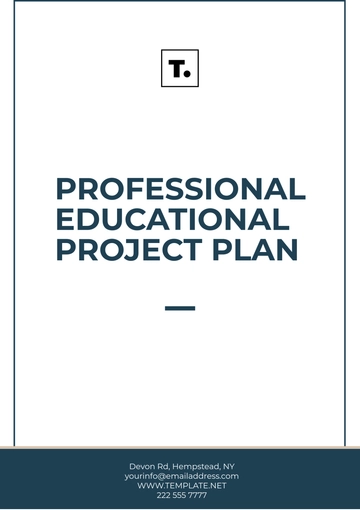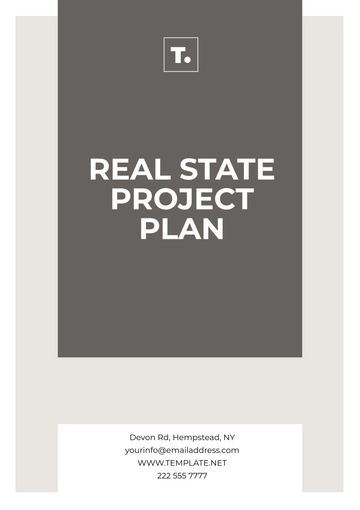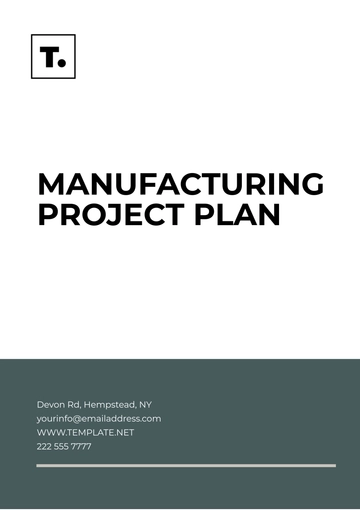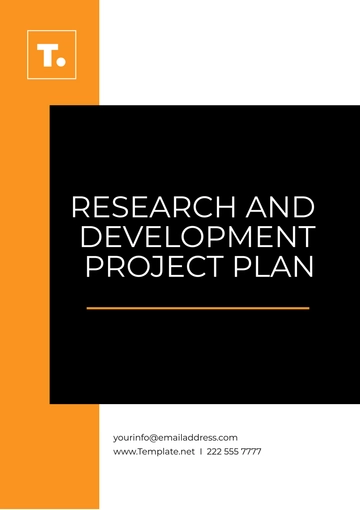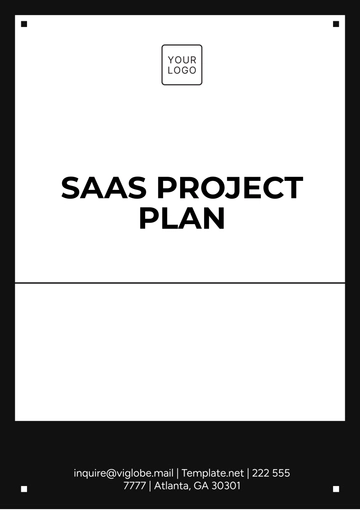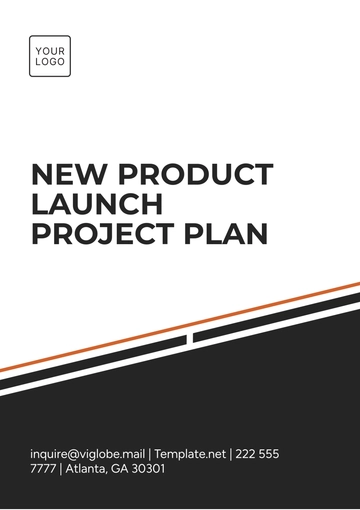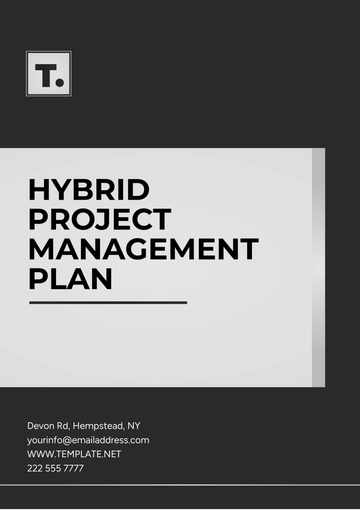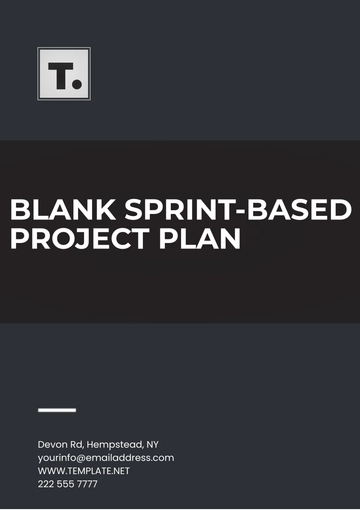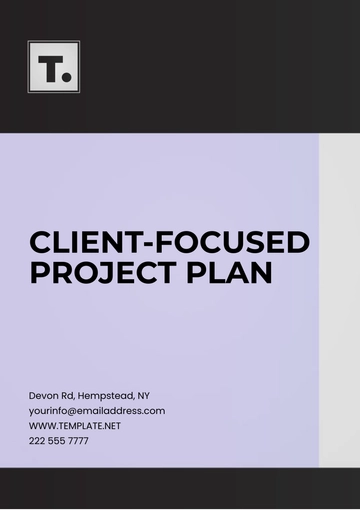Free Administration Procurement Project Plan
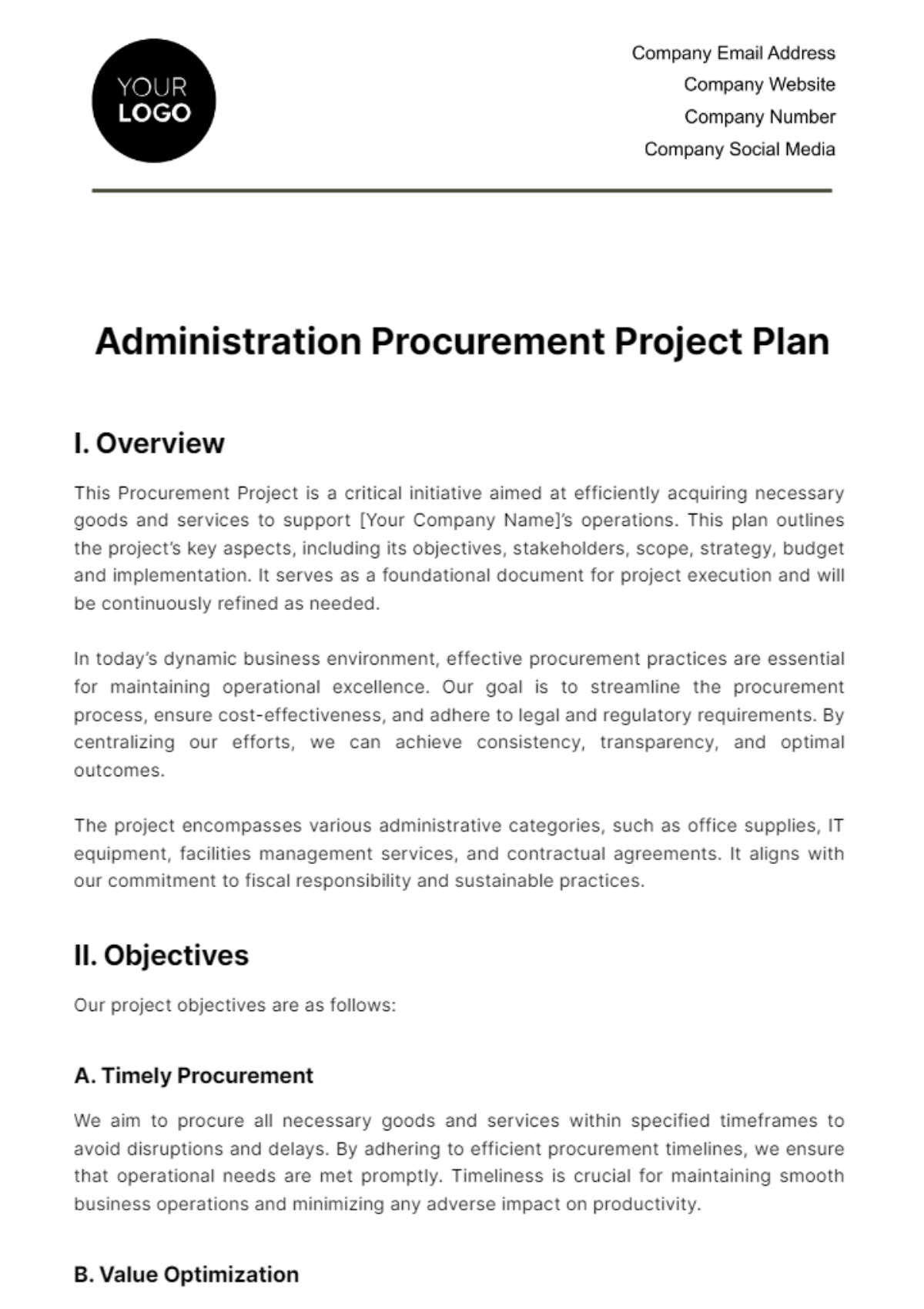
I. Overview
This Procurement Project is a critical initiative aimed at efficiently acquiring necessary goods and services to support [Your Company Name]’s operations. This plan outlines the project’s key aspects, including its objectives, stakeholders, scope, strategy, budget and implementation. It serves as a foundational document for project execution and will be continuously refined as needed.
In today’s dynamic business environment, effective procurement practices are essential for maintaining operational excellence. Our goal is to streamline the procurement process, ensure cost-effectiveness, and adhere to legal and regulatory requirements. By centralizing our efforts, we can achieve consistency, transparency, and optimal outcomes.
The project encompasses various administrative categories, such as office supplies, IT equipment, facilities management services, and contractual agreements. It aligns with our commitment to fiscal responsibility and sustainable practices.
II. Objectives
Our project objectives are as follows:
A. Timely Procurement
We aim to procure all necessary goods and services within specified timeframes to avoid disruptions and delays. By adhering to efficient procurement timelines, we ensure that operational needs are met promptly. Timeliness is crucial for maintaining smooth business operations and minimizing any adverse impact on productivity.
B. Value Optimization
Obtaining the best value for money is a core objective. To achieve this, we will evaluate suppliers thoroughly, considering factors such as reliability, quality, and pricing. Additionally, we will negotiate favorable terms to maximize cost savings and leverage economies of scale by consolidating procurement efforts where feasible.
C. Compliance and Governance
Compliance with legal, ethical, and organizational guidelines is non-negotiable. Our procurement activities will align with applicable laws and regulations, internal policies and procedures, and ethical standards that promote transparency and fairness.
D. Risk Mitigation
Identifying and managing procurement-related risks is essential. We will proactively assess potential risks, including supplier reliability, market fluctuations, and unforeseen events. Developing robust mitigation strategies will minimize negative impacts, and continuous monitoring throughout the project lifecycle will ensure timely adjustments.
III. Scope
The project scope encompasses the following areas:
A. Evaluation and Selection of Suppliers
Supplier Assessment: Rigorous evaluation of potential suppliers based on criteria such as reliability, quality, pricing, and track record will guide our supplier selection process.
Supplier Diversity: We will engage with a range of suppliers, including small businesses and minority-owned enterprises, to promote diversity and broaden our supplier base.
Contractual Agreements: Clear and well-defined contractual agreements will govern our relationships with selected suppliers. These agreements will outline terms, conditions, and performance expectations.
B. Procurement of Goods and Services
Goods Procurement: Our focus will be on acquiring office supplies, equipment, furniture, and other tangible assets. Efficient procurement ensures that our teams have the necessary tools to perform their roles effectively.
Services Procurement: Engaging reliable service providers is critical for seamless operations. We will procure services related to facilities management, IT support, cleaning, and other essential functions.
Sourcing Strategies: We will explore various sourcing strategies, including competitive bidding, framework agreements, and strategic partnerships. Tailoring our approach to each category of goods or services will optimize outcomes.
C. Risk Management
Risk Identification: Proactively identifying potential risks associated with procurement activities, such as supply chain disruptions, supplier financial instability, or changes in market dynamics, will allow us to prepare effective mitigation strategies.
Mitigation Strategies: Developing contingency plans to address risks promptly and continuously monitoring risk factors will ensure project alignment with objectives.
IV. Project Stakeholders
The success of the Administration Procurement Project hinges on effective collaboration and engagement with various stakeholders. Each stakeholder plays a critical role in shaping project outcomes. Here are the key stakeholders:
A. Project Manager
The Leader overseeing the project:
The Project Manager provides strategic direction, sets project goals, and ensures alignment with organizational objectives.
They are responsible for overall project coordination, resource allocation, and risk management.
B. Procurement Team
Execute detailed procurement activities as follows:
The Procurement Team carries out day-to-day tasks related to supplier evaluations, bidding processes, and contract administration.
They follow established procedures, maintain accurate records, and facilitate communication between the organization and suppliers.
C. Finance Department
Supporting the project, the Finance department is responsible for:
Financial aspects of procurement, including budgeting, cost analysis, and payment processing.
They ensure that financial transactions align with project requirements and comply with financial regulations.
D. Legal Department
The Legal Department is responsible for the Advisory aspect:
The Legal Department provides legal guidance throughout the procurement process.
They review contracts, assess legal risks, and ensure compliance with relevant laws and regulations.
E. Suppliers
These external partners roles are the following:
Suppliers are essential stakeholders who provide goods and services as per contractual agreements.
Effective communication with suppliers ensures timely delivery, quality assurance, and adherence to contract terms.
Effective collaboration among these stakeholders fosters transparency, minimizes risks, and contributes to successful project execution. Regular communication channels, clear roles, and shared accountability enhance the overall procurement process.
V. Procurement Strategy
The procurement strategy is a crucial component of our project planning. It outlines the approach we will take to acquire goods and services efficiently. Here, we delve into the specifics of our procurement strategy, ensuring alignment with project objectives and organizational goals. The following table summarizes our procurement strategy:
Milestone | Description | Timeline |
|---|---|---|
Needs Assessment | Identification of project requirements and assessment of procurement needs. | 1 month (from project start) |
Market Research | Conducting research on available goods, services, and suppliers in the market. | |
Bidding Strategy | Developing a strategy for the bidding process, including bid types and evaluation criteria. | |
Source Selection | Evaluating bids, selecting suppliers, and awarding contracts. | |
Contract Administration | Managing contracts, monitoring performance, and ensuring compliance. | |
Delivery and Payment | Ensuring timely delivery of goods/services and processing payments. |
The Needs Assessment milestone serves as the project’s compass, guiding us toward understanding the fundamental requirements. It is akin to laying the groundwork before constructing a building—the stronger the foundation, the more stable the structure. During this phase, we meticulously examine what our project truly requires. By asking critical questions—What goods and services do we need? How will they support our project goals?—we avoid assumptions and ensure that our procurement aligns precisely with project objectives.
Each milestone represents a strategic juncture. Properly assessing needs ensures that our procurement strategy aligns with project goals. Adhering to timelines mitigates risks. Delays in source selection or contract administration can disrupt project schedules and impact service delivery. Efficient procurement timelines allow us to allocate scarce resources effectively. Overall, a well-planned procurement minimizes shortcuts and ensures timely purchases.
VI. Budget
A comprehensive budget will be prepared, detailing estimated costs for the procurement of each item and service. The following chart and table provides a concise overview of our budget allocation:
Budget Category | Allocation |
|---|---|
Personnel Costs | $150,000 |
Goods and Services | $190,000 |
Infrastructure Investments | $230,000 |
Contingency Reserve | $50,000 |
Total | $620,000 |
Transparent budget planning fosters stakeholder trust. When we deliver within budget, stakeholders recognize our commitment to responsible financial management. Stakeholders appreciate knowing that their resources are used wisely to achieve project objectives.
A. Personnel Costs
Personnel costs encompass salaries, benefits, and allowances for project staff involved in procurement activities. These individuals drive the execution of our procurement strategy. Allocating sufficient funds to personnel costs ensures that we attract skilled professionals who can efficiently manage vendor relationships, negotiate contracts, and oversee the procurement process. A well-compensated team contributes to effective procurement outcomes, timely decision-making, and stakeholder satisfaction.
B. Goods and Services
The goods and services category covers expenses related to purchasing materials, equipment, and external services. Allocating funds here ensures that we procure high-quality goods and engage reliable service providers. It directly impacts project deliverables and overall quality. Proper management of this category involves evaluating suppliers, negotiating contracts, and monitoring performance. Efficient procurement minimizes shortcuts and ensures timely delivery.
C. Infrastructure Investments
Infrastructure investments are critical for long-term project success. This category includes costs related to construction, maintenance, and upgrades. Allocating funds wisely ensures that we build and maintain essential infrastructure—whether it’s physical (roads, buildings) or digital (IT systems, networks). Well-executed infrastructure enhances public services, supports economic growth, and contributes to the community’s well-being.
D. Contingency Reserve
The contingency reserve acts as a safety net. It provides flexibility to address unforeseen events such as price fluctuations, emergencies, or scope changes. By allocating funds to this category, we prepare for uncertainties without disrupting the project. It’s our buffer against unexpected challenges. Prudent budgeting includes setting aside a reasonable contingency reserve to safeguard project continuity and maintain stakeholder confidence.
VII. Risk Management
A. Risk Assessment and Management
Identifying risks is crucial for successful procurement. Risks may include equipment obsolescence, contractor capacity, or support service availability. Especially for high-technology or complex procurement, the project management office (PMO) or end-user unit should conduct a thorough risk assessment. Developing a risk management plan allows us to proactively address potential challenges and minimize their impact.
B. Bidders’ Risk Assessment
An alternative measure that can be taken is requiring bidders to submit a risk assessment and a risk management plan formulated by themselves. This requirement would be a part of the technical documentation they provide. By doing so, we would ensure that all potential suppliers gain an understanding of the risks associated with their proposed solutions and also take responsibility for managing such risks.
VIII. Monitoring and Evaluation
A. Implementation Monitoring
Whole-of-Government Collaboration
Implementation requires close coordination at various government levels. Whole-of-government and whole-of-society collaboration are essential. Private sector involvement during monitoring ensures alignment with targets and corrective actions when deviations occur. Regular assessment keeps us on track toward achieving project goals.
Board Oversight
The Board is in control and has the responsibility of monitoring and supervising the measures that are directly contributing to the primary goals that have been set, also known as headline targets.
B. Evaluation and Corrective Measures
Timely Assessment and Evaluation
Regular evaluation assesses progress and identifies deviations. Corrective measures are essential to keep the project aligned with its objectives. Evidence-based decision-making guides adjustments as needed.
Resource and Financial Management
Monitoring and evaluation serve as vital references in procurement. Flexibility in resource utilization allows optimization of scarce resources. Well-planned procurement minimizes shortcuts, ensuring effective public service delivery.
- 100% Customizable, free editor
- Access 1 Million+ Templates, photo’s & graphics
- Download or share as a template
- Click and replace photos, graphics, text, backgrounds
- Resize, crop, AI write & more
- Access advanced editor
Plan and manage your procurement projects effectively with the Administration Procurement Project Plan Template only available here on Template.net! This editable and customizable template provides a comprehensive framework for planning procurement projects, promoting efficient and successful procurement practices. Generate your plan with ease today with our advanced AI Editor Tool!

